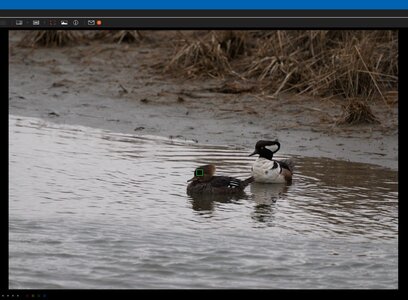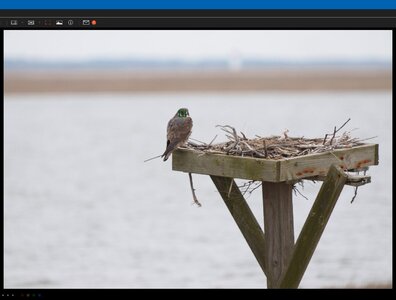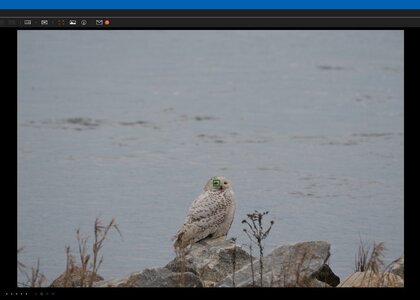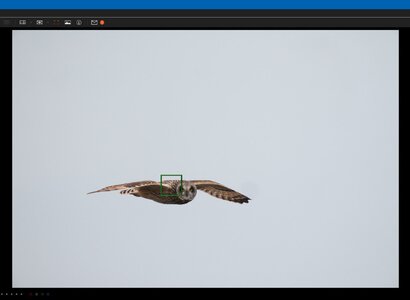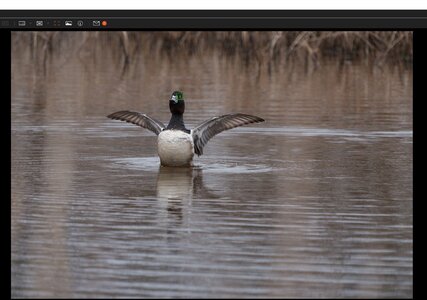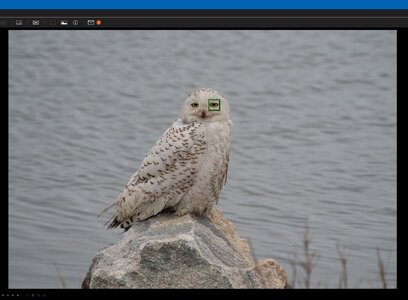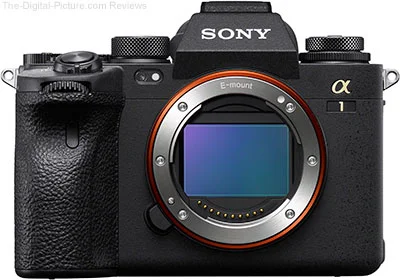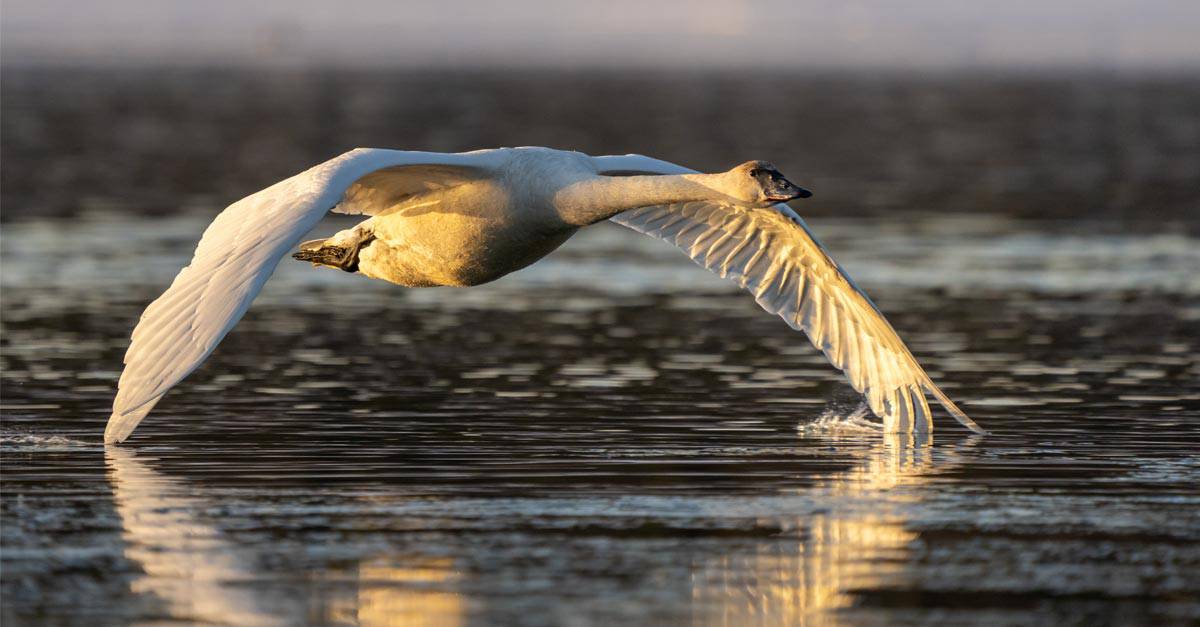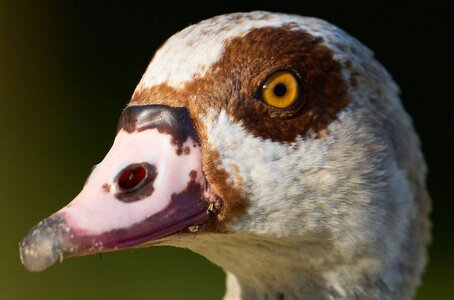Pro Member
- Followers
- 6
- Following
- 1
- Joined
- Aug 6, 2020
- Posts
- 439
- Likes Received
- 355
- Trophy Points
- 0
- Country
- Australia
- City/State
- Victoria
I studied some vids that covered bird eye AF (BEAF). Details below. I've generalised from what they show and in time this may be superseded by new information.
First, what would I want from it or what problem should it solve?
The key one is getting focus on the head with a bird that's fairly large in the frame and flying at you or flying side on, so that it's the eye and not the wing that gets the lock.
None of these vids test that.
A second one: ordinary Small Spot AF is unreliable on small perched birds with the A9, A7R III and A7R IV. BEAF appears to do better but it's not instant.
There are 3 examples of birds in flight in the vids and in one it worked - a panning shot of a gull in good light.
With cormorants moving around on their feet in good light it worked. With a water fowl paddling along with a dark eye in a dark face it failed.
The surprise is that it worked with over-the-shoulder shots: a static bird with a small eye visible on a head pointing away from the camera. I would rarely keep a shot of this kind of pose so it offers no benefit to me.
Where it's likely to work promptly is where there's clear view of the eye in good light or with a catchlight in the eye. If there's a closer branch or frond in the Zone AF area it gets there eventually.
You want Zone AF for composition but it's slow to distinguish the bird's head from a nearer branch or frond. Touch AF or focus and recompose work better.
BEAF works better when you get a limited AF area over the head, but then you lose the composition advantage of Zone AF, and ordinary AF can be made to work in this case anyway.
Alex Phan got some brief tracking moments, one of them an error, and maybe the others weren't trying but so far there's little evidence that BEAF tracks.
My conclusion with this amount of information is that the only surprise is over-the-shoulder shots. Whether BAEF deals with BIF at all well is unclear and more tests are needed to come to a conclusion.
Details
Christopher Dodds
Promising but with a perched bird, focus jumped from eye to shoulder
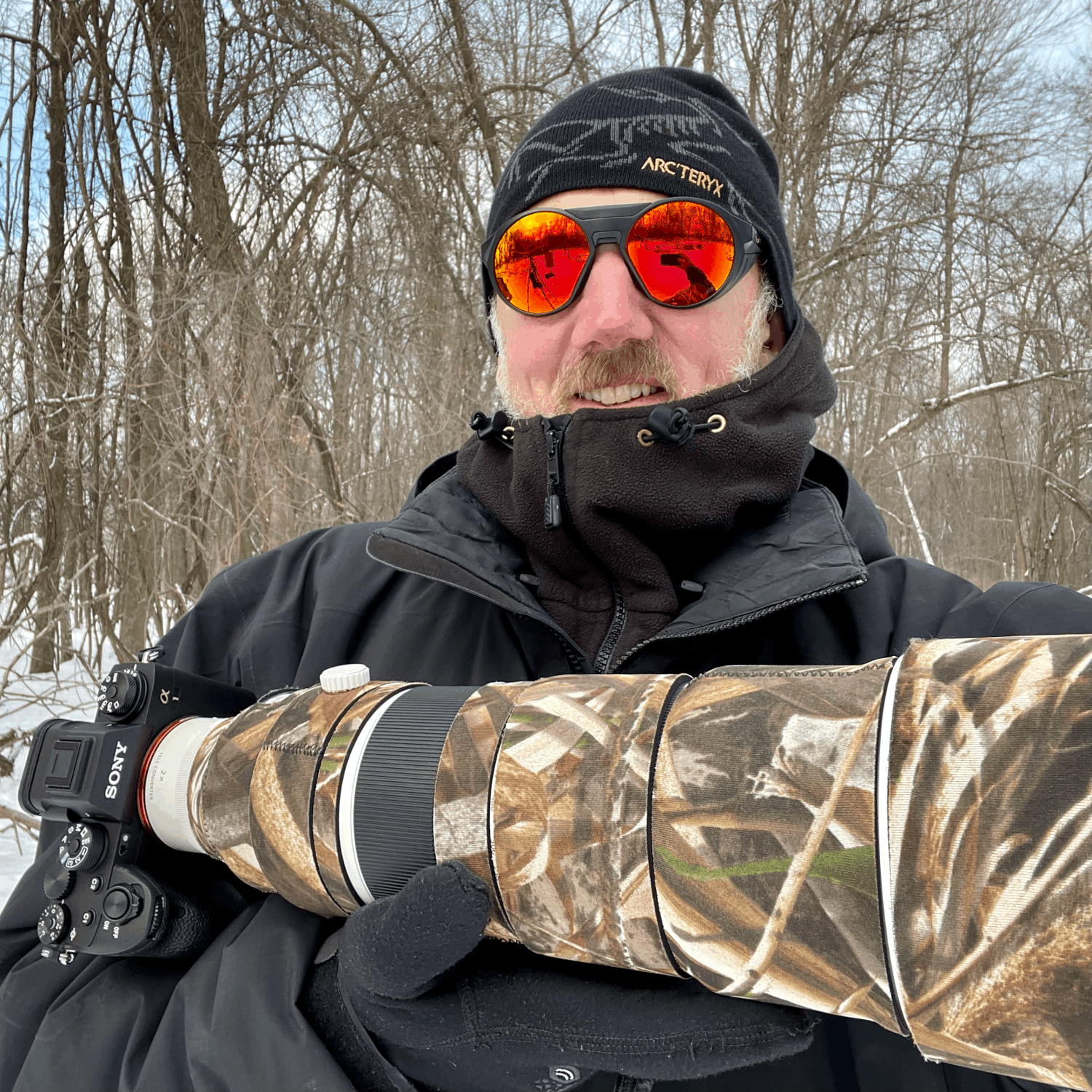
 www.naturephotographyblog.com
www.naturephotographyblog.com
DPRreview in fairly dull light
Static bird: constantly jumps between eye and feathers. You have to start with the AF area on the eye.
 www.youtube.com
www.youtube.com
Alex Phan
Has good light; birds at a distance mostly with contrasting eye and face it does well but you don't need eye AF for those anyway.
Cormorants moving on their feet: got eye lock and briefly tracking.
Panning sequence of gull IF, got it sometimes.
In the first still Osprey sequence which is relatively close - when AF is on the head it mostly locks on the black band on the face.
In the Osprey nest sequence with a still bird square-on it gets a lock but not tracking and that's lost when the bird takes off.
Perched Peregrine: did well to get a lock from the rear, and tracking once on the eye from the rear and once a shoulder.
 www.youtube.com
www.youtube.com
Julia Trotti
Got an eye lock on a static Galah but lost it when the bird took off. On and off on a perched Kookaburra (eye in shadow).
 www.youtube.com
www.youtube.com
fototrainer
No BIF.
Grooming duck from rear: got beak or shoulder but with a clear side-on view of the head, got a lock. 2nd such view it failed for a bit then locked. 3rd rear view it got the tail then the head.
Robin: focused in without boxes.
Grey bird behind branch, side-on: took some time. Then lost it. Then got it (with Spot?).
Gold, white and black bird in shadows (dark eye in dark face) but no obstruction: got it.
Side-on grey and orange Robin? got it. Lost to twig. Regained. Clear eye contrast in face.
Same bird 3/4 view pointed away , got it.
Bird looking forward and down: failed.
On the ground, forward looking: took a second but got there.
On ground side-on: fine.
On ground, forward 3/4s, took a sec and locked. Lost but regained when bird bobbed to eat.
Bird turned 3/4 away and small box shrank and locked on the sliver of eye visible.
Dusky Moorhen (?) moving side-on: kept centering and losing it.
Quality: locks were usually sharp
 www.youtube.com
www.youtube.com
James Gan
Over the shoulder of a shivering bird got a lock.

 www.facebook.com
www.facebook.com
Kingfisher
Looks good but an f8 DOF with this size bird on a stick will capture a head anyway.
 youtu.be
youtu.be
First, what would I want from it or what problem should it solve?
The key one is getting focus on the head with a bird that's fairly large in the frame and flying at you or flying side on, so that it's the eye and not the wing that gets the lock.
None of these vids test that.
A second one: ordinary Small Spot AF is unreliable on small perched birds with the A9, A7R III and A7R IV. BEAF appears to do better but it's not instant.
There are 3 examples of birds in flight in the vids and in one it worked - a panning shot of a gull in good light.
With cormorants moving around on their feet in good light it worked. With a water fowl paddling along with a dark eye in a dark face it failed.
The surprise is that it worked with over-the-shoulder shots: a static bird with a small eye visible on a head pointing away from the camera. I would rarely keep a shot of this kind of pose so it offers no benefit to me.
Where it's likely to work promptly is where there's clear view of the eye in good light or with a catchlight in the eye. If there's a closer branch or frond in the Zone AF area it gets there eventually.
You want Zone AF for composition but it's slow to distinguish the bird's head from a nearer branch or frond. Touch AF or focus and recompose work better.
BEAF works better when you get a limited AF area over the head, but then you lose the composition advantage of Zone AF, and ordinary AF can be made to work in this case anyway.
Alex Phan got some brief tracking moments, one of them an error, and maybe the others weren't trying but so far there's little evidence that BEAF tracks.
My conclusion with this amount of information is that the only surprise is over-the-shoulder shots. Whether BAEF deals with BIF at all well is unclear and more tests are needed to come to a conclusion.
Details
Christopher Dodds
Promising but with a perched bird, focus jumped from eye to shoulder

Sony a1 review — Nature Photography Blog
I have spent a week immersing myself in the wonder of the new Sony Alpha 1 digital mirrorless camera from the perspective of a bird/wildlife/nature photographer. If you want the quick and easy answer from the end of the review: This is the best action, birds-in-flight, and all-around digital camer
DPRreview in fairly dull light
Static bird: constantly jumps between eye and feathers. You have to start with the AF area on the eye.
- YouTube
Enjoy the videos and music you love, upload original content, and share it all with friends, family, and the world on YouTube.
Alex Phan
Has good light; birds at a distance mostly with contrasting eye and face it does well but you don't need eye AF for those anyway.
Cormorants moving on their feet: got eye lock and briefly tracking.
Panning sequence of gull IF, got it sometimes.
In the first still Osprey sequence which is relatively close - when AF is on the head it mostly locks on the black band on the face.
In the Osprey nest sequence with a still bird square-on it gets a lock but not tracking and that's lost when the bird takes off.
Perched Peregrine: did well to get a lock from the rear, and tracking once on the eye from the rear and once a shoulder.
- YouTube
Enjoy the videos and music you love, upload original content, and share it all with friends, family, and the world on YouTube.
Julia Trotti
Got an eye lock on a static Galah but lost it when the bird took off. On and off on a perched Kookaburra (eye in shadow).
- YouTube
Enjoy the videos and music you love, upload original content, and share it all with friends, family, and the world on YouTube.
fototrainer
No BIF.
Grooming duck from rear: got beak or shoulder but with a clear side-on view of the head, got a lock. 2nd such view it failed for a bit then locked. 3rd rear view it got the tail then the head.
Robin: focused in without boxes.
Grey bird behind branch, side-on: took some time. Then lost it. Then got it (with Spot?).
Gold, white and black bird in shadows (dark eye in dark face) but no obstruction: got it.
Side-on grey and orange Robin? got it. Lost to twig. Regained. Clear eye contrast in face.
Same bird 3/4 view pointed away , got it.
Bird looking forward and down: failed.
On the ground, forward looking: took a second but got there.
On ground side-on: fine.
On ground, forward 3/4s, took a sec and locked. Lost but regained when bird bobbed to eat.
Bird turned 3/4 away and small box shrank and locked on the sliver of eye visible.
Dusky Moorhen (?) moving side-on: kept centering and losing it.
Quality: locks were usually sharp
- YouTube
Enjoy the videos and music you love, upload original content, and share it all with friends, family, and the world on YouTube.
James Gan
Over the shoulder of a shivering bird got a lock.

2.7K views · 99 reactions | “Sony A1” Peregrine Falcon Singapore 🇸🇬 #SonyBirdEyeTracking “spot on” on the peregrine falcon! It has sleepy eyes, almost closed, I can’t even see it. A1 wide, zone and spot tracking picked up the right eye of the falco
“Sony A1” Peregrine Falcon Singapore 🇸🇬 #SonyBirdEyeTracking “spot on” on the peregrine falcon! It has sleepy eyes, almost closed, I can’t even see it. A1 wide, zone and spot tracking picked up the...
 www.facebook.com
www.facebook.com
Kingfisher
Looks good but an f8 DOF with this size bird on a stick will capture a head anyway.
- YouTube
Enjoy the videos and music you love, upload original content, and share it all with friends, family, and the world on YouTube.
Last edited:


